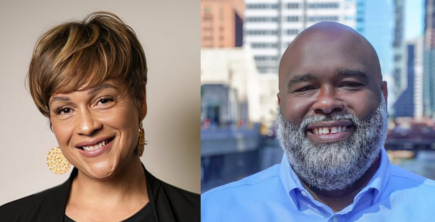
Our Community
Guest post by Sai Seigel. Sai Seigel was Director of the Bayview Hunters Point Community Fund, a donor-advised fund at Tides Foundation, from 2007-2014.
The Bayview Hunters Point Community Fund (The Fund) offers one example of what it looks like when traditional grantor/grantee relationships are changed to foster mutual trust and a more personal relationship. This week, we released a final report (at www.bayviewfund.org) to share what we learned about capacity building over our 13 year initiative, during which we provided an unprecedented level of funding to 30 small youth development organizations within the Bayview Hunters Point neighborhood of San Francisco. The Fund was established in 2001 when an individual donor who supported Bay Area youth development programs went on a site visit to Girls 2000 (now a project of Hunters Point Family). After learning about community needs and challenges, the donor commissioned research through Tides that led her to establish The Fund.
Our donor did not set out to transform the way funders work with grantee partners. Our original goal was to help build the organizational and programmatic capacity of youth-serving organizations in this low-income, traditionally African American neighborhood. But we quickly realized that to be effective, our capacity building activities needed to be individualized and responsive. Our donor’s consistent commitment to relationship building and ongoing learning, as well as the flexible nature of our fund at Tides, allowed us to be iterative and make changes in our grantmaking and capacity building approach to better meet grantees’ needs. We did this by:
This last lesson may have been our most significant. While there is an increasing focus on the importance of funding leadership development, at times the conversation doesn’t consider the prevalent burnout and community trauma that many leaders of small nonprofits face. Over our 13 years we learned that healing and well-being are integral to leadership development, particularly when work is so personal. By combining our capacity building with activities for individual reflection, self-care, and healing, we believe we have helped to foster individual, organizational, and community strength that will enrich the lives of Bayview Hunters Point youth for years to come.
Although the Bayview Fund formally ended in June 2014, we hope that our work will continue to have a ripple effect in the Bayview community and beyond through the relationships we forged and the lessons we learned about capacity building. It is our hope that other donors will learn about the inspiring work of our grantees and explore new ways of transforming the grantor/grantee relationship.
###
The Fund ceased operations but is happy to share more information about its initiative. Contact us at [email protected].

Read the stories and hear the voices of social change leaders fighting for justice.